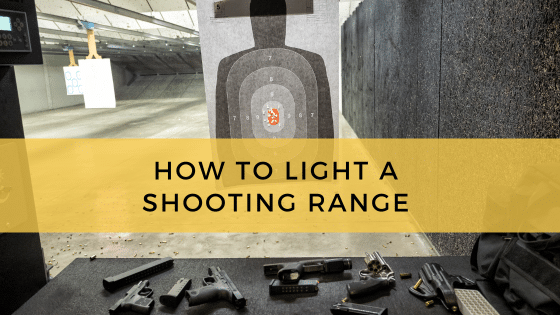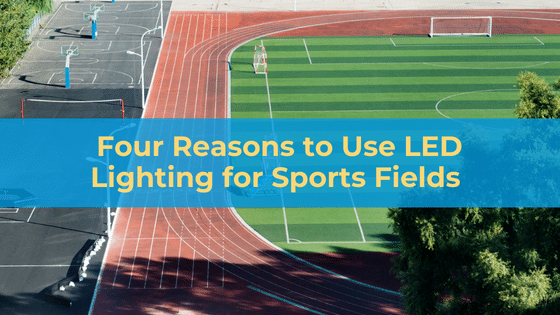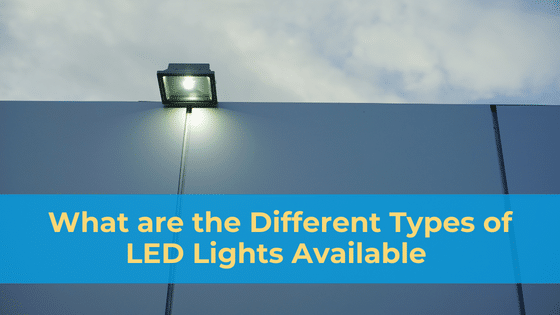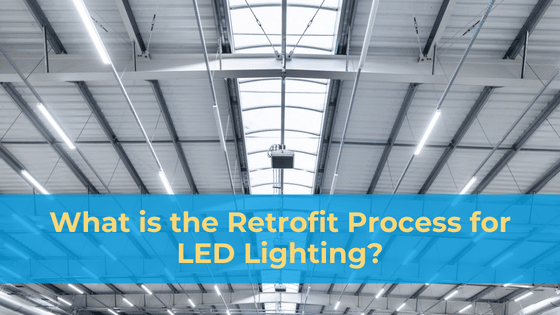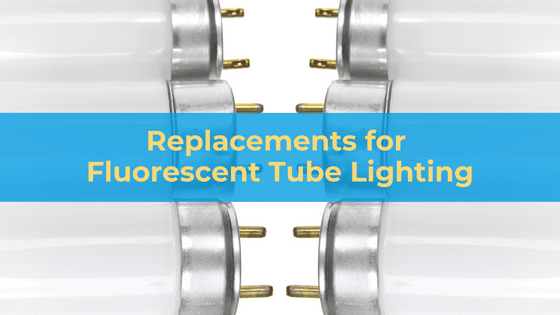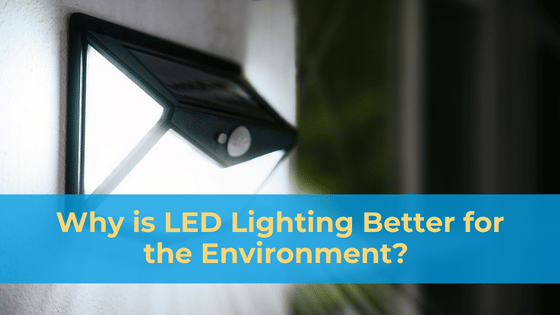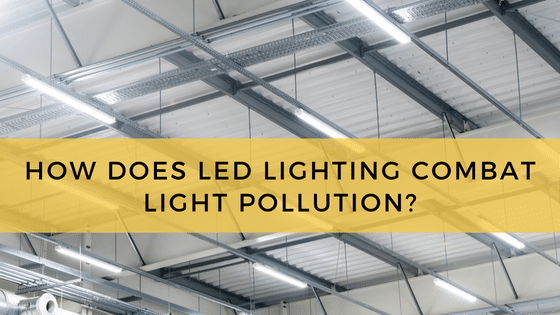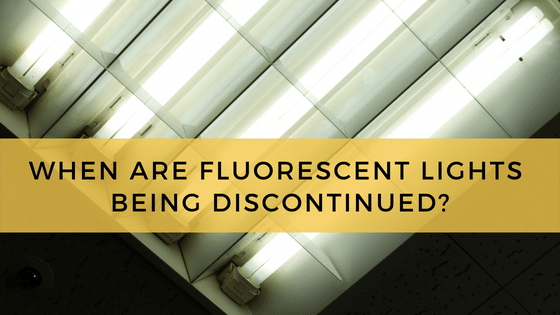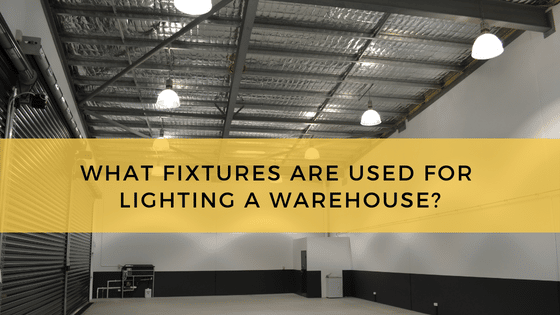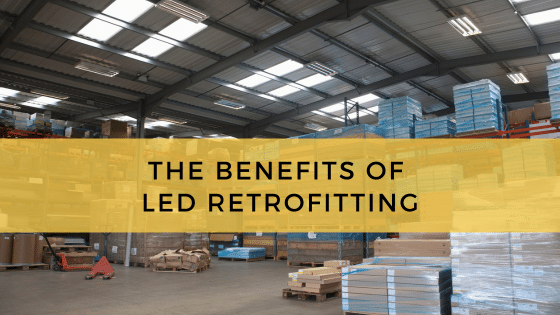
In 2018, almost half of U.S. commercial buildings were fitted with LED lighting. Five years later, LED is now the nation’s leading lighting technology. No matter the industry or the facility, LED lighting offers several benefits, and it’s as accessible as ever with so many retrofitting options.
It wasn’t too long ago that facility managers were caught in a tough dilemma: Keep relying on an inefficient, outdated lighting system, or invest in a new solution.
As LED lighting engineering scales up – and LED products become less expensive – new solutions are offering better and better ROIs. Investing in such a solution makes sense for new construction.
But for existing facilities with existing lighting solutions? There’s a cost effective third option – retrofitting. It’s a term you may have encountered while researching commercial lighting options, but what does it include and why is it a popular alternative to a new LED lighting system? Read on.
What Does an LED Lighting Retrofit Include?
A from-scratch system may include building out a frame for the lights, installing canopies, installing electrical components like junction boxes, placing fixtures, and matching the right LEDs to those fixtures. That’s a lot of material and labor, which drives up the project’s cost.
During an LED lighting retrofit, though, the existing frame and canopies (and perhaps some of the electrical components) can remain in place. The only part of the system that is replaced is the lamps. In many instances, it’s also beneficial to replace existing ballasts with LED drivers, as these are purpose-built to regulate electrical flow into LED lights. That usually means better efficiency, performance, and controllability.
The LED lighting industry has exploded with product offerings, to the point where there is now an LED lighting alternative for nearly every popular lighting application or fixture design. Residential, commercial, industrial – LED lighting technology has been adapted for each setting.
Here are some examples of LED retrofit options:
- LED panels and troffers
- LED linear tubes and panels
- LED downlights, including recessed downlights
- LED high and low bays
- LED stadium and sports lighting
- LED parking lot lighting
- LED street lighting
- LED cove and cabinet lighting
It’s rare for any technology to be adapted for so many applications so quickly. What’s driving this march toward LED dominance? Building owners have several compelling incentives to switch to LED lighting, and that drives demand.
Five Reasons to Consider an LED Lighting Retrofit
What, exactly, is pushing the LED retrofit revolution? LED lighting offers several notable advantages to any facility, including:
- Superior energy efficiency – LED’s energy consumption advantage is a well-worn topic. The first, most heavily advertised benefit of LED lighting was its excellent energy savings, and that benefit remains true.LED bulbs have a huge advantage over incandescent lights, but it’s rare for a commercial facility to rely on those. What’s more common is fluorescent lighting, which was still in use in 68 percent of buildings back in 2018. That’s according to the Department of Energy. That number has surely dropped since, and part of the reason is because an LED light is simply more efficient.
Compared to fluorescent lamps, an LED light requires about 20 percent less power to produce the same amount of light. That’s a per-lamp energy savings, so the more fixtures being retrofit, the greater the return on investment.
- Minimal replacement and maintenance costs – Energy efficiency is LED’s primary calling card, but a close second is its extended lifespan and low-maintenance design. Built on solid state technology (and not wire filaments or gas chambers), there are few failure points in LED lighting engineering. And fewer failure points mean fewer failures.Add it up, and LEDs last much longer than other lighting technologies. Again, compare LEDs and fluorescent, and there’s a clear winner. LED lamps, on average, provide 50,000 hours of high-quality illumination, and often much more. Fluorescent bulbs, though, tend to fail around the 10,000-hour mark. Fluorescent tubes may be cheaper upfront, but that cost advantage is quickly washed out by repeated replacements and reduced lighting performance.
Since LEDs last much longer, facilities can reallocate much of their lighting material and labor costs.
- Improved lighting performance – LED retrofit lighting offers full-spectrum, high-CRI options that emit brilliant, flawless illumination.This is especially important in exterior settings, such as parking lot lighting, street lighting, and security lighting applications.
LED lighting is directional lighting. In other words, it can be aimed without relying on heavy, expensive reflectors. And because it can be aimed, it’s easier to distribute the light and easier to ensure more of that lighting reaches ground level. Older lighting technologies, such as metal halides, emit omnidirectionally and don’t enjoy this advantage.
In practice, this improved system efficiency means LED lighting systems are brighter and emit more evenly. That enhances long-range visibility for people on the ground and helps light up areas at night.
- Improved employee performance – Office buildings running fluorescent lighting expose employees to low-quality illumination for hours at a time. This can cause issues like fatigue and headaches, both of which employees are more likely to report when working under fluorescent light.LED illumination, by contrast, is similar to natural sunlight in spectral emission (the exact wavelength pattern that a source emits). Unsurprisingly, facilities with LED retrofits tend to report modest improvements in productivity among their staff. And while the effect may be modest per worker, the effect scales up like it does with LED’s energy efficiency per fixture.
- Cost-reducing tax incentives – There are also a few tax incentives on the books to speed up a project’s ROI.For example, under Sec. 179D, facility owners may qualify for a deduction up to $0.60 per square foot by improving the building’s energy efficiency. Specifically, the building’s power consumption must be cut by at least 25 percent to qualify. But, as lighting tends to be one of the largest sources of commercial energy consumption, an LED lighting retrofit can get buildings most of the way there.
This is just one example, too. There are additional tax-saving tools, such as creative ways to carry losses forward or to factor in depreciation. Together, these can significantly reduce ROI times.
LED lighting also minimizes a facility’s energy footprint and ensures compliance with future lighting regulations – many of which are already having an impact on fluorescent lighting supplies. The future appears headed toward an LED-only future, and retrofitting now ensures those facilities are ready.
Ready to Retrofit? Talk to an LED Lighting Expert to Make the Upgrade
LED lighting retrofits can be quick and relatively simple to pull off, but most commercial projects should be closely overseen by a certified electrician and lighting expert. Depending on the facility’s age and the condition of its existing lighting system, significant electrical work (including rewiring) may be necessary to safely retrofit LED lighting.
For this reason, the strong recommendation is for commercial property owners to speak with a trusted lighting team before choosing any fixtures or system components. Not only will this ensure best safety practices are observed during installation, a lighting expert will also speed up the fixture/lamp selection and acquisition process, which can reduce lead times and optimize the return on investment.

